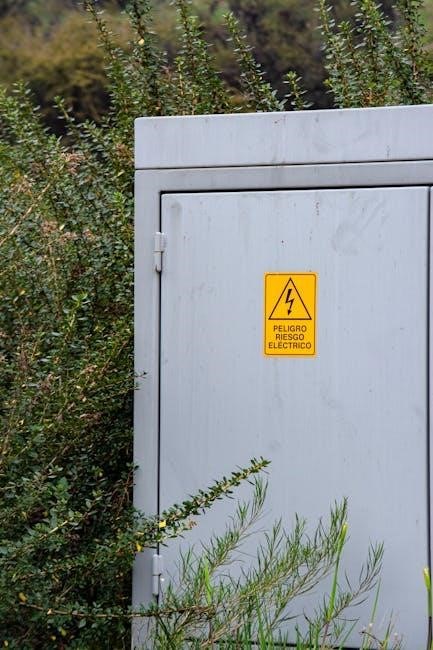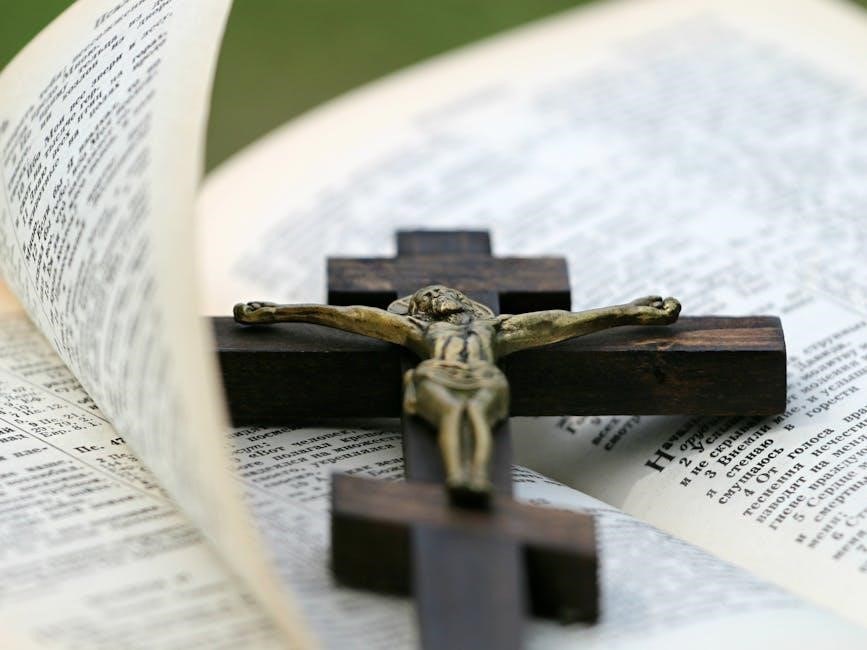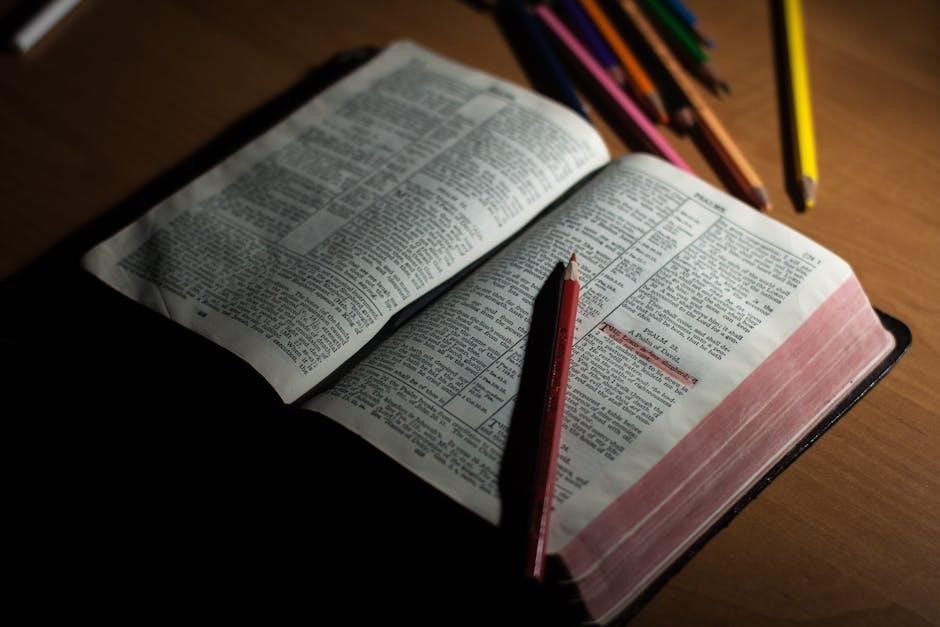Shark Navigator User Manual: A Comprehensive Guide

Welcome! This guide details operation‚ maintenance‚ and troubleshooting for your Shark Navigator vacuum. Downloadable manuals (like ZU62 manual AU NZ.pdf) and online support are readily available.
Shark Navigator vacuums represent a popular choice for homeowners seeking powerful suction and versatile cleaning capabilities. This series is renowned for its Lift-Away technology‚ allowing for portable cleaning of stairs and upholstery. Models like the ZU62 offer self-cleaning brushrolls‚ minimizing hair wrap and maintaining consistent performance.
The Navigator line caters to diverse flooring types‚ from delicate hardwood to deep-pile carpets. Dior-inspired attention to detail extends to user experience‚ with intuitive controls and easily accessible components. Accessing the official manual (ZU62 manual AU NZ.pdf) is crucial for maximizing your vacuum’s potential and ensuring proper maintenance. Explore features designed for a spotless home!
Unboxing and Component Identification
Upon unboxing your Shark Navigator‚ carefully inspect all included components. You should find the main vacuum body‚ a detachable wand‚ and the floor nozzle. Several attachments are typically included‚ such as a crevice tool for tight spaces and an upholstery tool for furniture.

Familiarize yourself with each part’s function before assembly. The brushroll‚ located within the floor nozzle‚ is key to effective cleaning. Refer to your model’s specific manual (e.g.‚ ZU62) for a detailed parts list and diagrams. Ensure all items are present and undamaged before proceeding. Proper identification aids in assembly and future maintenance.
Vacuum Body and Wand
The Shark Navigator’s vacuum body houses the motor‚ dust cup‚ and filtration system. It’s designed for upright operation‚ but many models feature the ‘Lift-Away’ function for portability. The detachable wand connects securely to the body‚ extending your reach for above-floor cleaning.
Inspect the wand connection points for a snug fit. The wand allows access to ceilings‚ curtains‚ and furniture. Note the wand’s length and flexibility‚ as this impacts maneuverability. Proper connection ensures optimal suction. Refer to your specific model’s manual for detailed instructions on wand attachment and detachment procedures.

Brushroll and Floor Nozzle
The Shark Navigator’s brushroll is crucial for agitating dirt and debris from carpets and rugs. The floor nozzle directs suction and houses the brushroll. Many models offer a brushroll on/off switch‚ ideal for transitioning between hard floors and carpets.
Regularly inspect the brushroll for tangled hair‚ strings‚ or fibers‚ as these reduce cleaning effectiveness. The nozzle design optimizes airflow for powerful suction. Some nozzles feature swivel steering for enhanced maneuverability. Consult your manual for specific instructions on brushroll removal and cleaning‚ ensuring optimal performance and longevity.
Attachments Included (Crevice Tool‚ Upholstery Tool‚ etc.)
Your Shark Navigator likely includes versatile attachments expanding its cleaning capabilities. A crevice tool reaches tight spaces like corners and along baseboards. The upholstery tool effectively cleans furniture‚ curtains‚ and other fabrics; Some models feature dusting brushes for delicate surfaces.
These attachments connect to the wand‚ providing extended reach. Refer to your specific manual for proper attachment usage and compatibility. Utilizing these tools maximizes the vacuum’s versatility‚ tackling various cleaning tasks beyond floor care. Proper attachment use ensures efficient dirt removal and prevents damage to surfaces.
Assembly Instructions
Shark Navigator assembly is generally straightforward. First‚ connect the wand to the vacuum body‚ ensuring a secure click. Next‚ attach your desired floor nozzle or cleaning head to the wand. For Lift-Away models‚ detach the canister from the base following the release buttons’ instructions.
Always consult your specific model’s manual (like ZU62) for detailed diagrams and step-by-step guidance. Incorrect assembly can impact performance. Ensure all connections are firm before operation. Proper assembly guarantees optimal suction and efficient cleaning. Review the included documentation before first use for a seamless setup.
Powering On and Basic Operation
Powering on your Shark Navigator is simple: locate the power button‚ typically on the vacuum body. Press to initiate cleaning. To operate‚ guide the vacuum across the floor‚ utilizing smooth‚ overlapping strokes for optimal dirt removal. The Lift-Away feature allows for portable cleaning‚ detaching the canister.
Refer to your model’s manual for specific operational details. Control settings (discussed later) adjust suction and brushroll activity. Basic operation involves forward movement; avoid abrupt stops. Regular use‚ following these guidelines‚ ensures effective cleaning and prolongs the vacuum’s lifespan.
Understanding Control Settings
Shark Navigator control settings optimize cleaning for various surfaces. The power button initiates operation‚ while the brushroll control toggles brushroll activation – essential for carpets and rugs‚ disable for bare floors. The suction release feature‚ often a slider or button‚ adjusts airflow intensity.
These settings impact cleaning performance and energy consumption. Consult your model’s manual for detailed explanations of each control. Experiment with different combinations to achieve the best results on diverse floor types. Proper setting selection maximizes dirt pickup and protects delicate surfaces.
Power Button and Brushroll Control
The power button on your Shark Navigator initiates vacuuming. A single press typically starts the motor‚ and another press shuts it off. The brushroll control‚ often a switch on the handle or vacuum body‚ manages the rotating brushroll.
Engage the brushroll for effective carpet cleaning‚ agitating fibers to release embedded dirt. Disengage it for hard floors to prevent scattering debris and potential scratching. Some models offer multiple brushroll speed settings. Refer to your specific model’s manual for precise operation details and ensure optimal cleaning performance.

Suction Release Feature
The Shark Navigator incorporates a suction release feature‚ crucial for maneuvering on various surfaces and preventing the vacuum from feeling “stuck.” Typically‚ a switch or slider on the handle or wand controls this function.

Activating suction release reduces airflow‚ making it easier to push the vacuum on thick carpets or rugs. It’s also beneficial when transitioning between floor types. Remember to re-engage full suction for optimal dirt removal. Consult your model’s manual for the exact location and operation of this feature‚ maximizing cleaning efficiency and user comfort.
Cleaning Different Floor Types
Your Shark Navigator excels on diverse flooring. For hardwood floors‚ utilize the brushroll off setting to prevent scratching‚ relying on suction to capture debris. On carpets and rugs‚ engage the brushroll for deep cleaning‚ adjusting the height setting for optimal performance – lower for hard floors‚ higher for thick piles.
The suction release feature (refer to section 4) aids maneuverability on thicker carpets. Regularly check the brushroll for tangled hair or fibers to maintain cleaning effectiveness. Always consult your specific model’s manual for tailored recommendations.
Hardwood Floors
Protect your hardwood! When cleaning‚ always disengage the brushroll. This prevents scratching and ensures gentle cleaning. The powerful suction of your Shark Navigator effectively captures dust and debris without the abrasive action of the rotating brush.
Utilize the floor nozzle for optimal contact and cleaning. For stubborn messes‚ a slightly dampened microfiber cloth before vacuuming can assist. Refer to your manual for specific hardwood floor care guidance. Avoid excessive moisture‚ and always test in an inconspicuous area first.
Carpets and Rugs

Maximize cleaning power on carpets! Ensure the brushroll is engaged for effective agitation and deep cleaning. The Shark Navigator’s brushroll lifts embedded dirt‚ dust‚ and pet hair from carpet fibers. Adjust the suction control to suit your carpet’s pile height – higher for thicker carpets‚ lower for delicate rugs.
For area rugs‚ consider disengaging the brushroll to prevent damage. Regularly check the brushroll for tangled hair or debris‚ as this reduces cleaning efficiency. Consult your manual for recommended settings and maintenance tips to prolong carpet life.
Utilizing the Lift-Away Feature
Unlock versatile cleaning with Lift-Away! Detach the canister from the wand and vacuum body for portable cleaning. This feature is ideal for stairs‚ upholstery‚ and hard-to-reach areas. The Shark Navigator transforms into a lightweight‚ handheld vacuum for convenient above-floor cleaning.
Simply release the canister and attach desired attachments – the crevice tool or upholstery tool are perfect for detailed work. Remember to reattach securely for upright vacuuming. Refer to your manual for specific Lift-Away instructions and attachment compatibility. Enjoy enhanced cleaning flexibility!
Emptying the Dust Cup
Maintain optimal suction by regularly emptying the dust cup. Locate the dust cup release button – typically on the front or side of the vacuum. Press the button and carefully remove the dust cup; Empty contents into a trash receptacle‚ avoiding overfilling.
For thorough cleaning‚ wash the dust cup with water and allow it to dry completely before reattaching; Shark Navigator performance relies on a clean dust cup! Consult your manual for specific dust cup removal and cleaning instructions. Proper maintenance ensures efficient dirt capture.
Filter Maintenance and Replacement
Maintaining clean filters is crucial for suction and air quality. Locate the filters – typically within the dust cup area. Remove filters carefully‚ following your Shark Navigator’s manual instructions. Rinse foam filters with water and allow to dry completely – usually 24 hours – before reuse.
HEPA filters should be tapped gently to remove dust; avoid washing. Replace filters periodically‚ as recommended in the manual‚ to ensure peak performance. Dirty or damaged filters reduce suction and can impact motor life. Regular filter care extends your vacuum’s lifespan!
Filter Location and Removal
Locating your Shark Navigator’s filters is the first step to maintenance. Typically‚ filters reside within the dust cup assembly. Open the dust cup‚ and you’ll find pre-motor and post-motor filters. Refer to your specific model’s manual (like the ZU62 manual) for precise locations‚ as designs vary.
Removal is usually straightforward: release clips or twist the filter cover. Gently lift out the filters. Note their orientation for correct reinstallation. Avoid forcing anything; consult the manual if you encounter resistance. Proper removal prevents damage and ensures effective cleaning.
Cleaning and Replacing Filters
Regular filter cleaning is crucial for maintaining suction power. Wash pre-motor filters with cold water‚ allowing them to air dry completely – typically 24 hours – before reinstalling. Do not use soap! Post-motor filters are often non-washable; tap them gently to remove dust.
Filter replacement depends on usage. Check your manual for recommended intervals. Frequent use or pet ownership may necessitate more frequent changes. Replacing filters ensures optimal performance and prevents motor damage. Ignoring this can void your warranty‚ so follow the manual’s guidance!
Brushroll Maintenance
Maintaining your Shark Navigator’s brushroll is vital for effective cleaning. Regularly inspect the brushroll for tangled hair‚ string‚ or debris. Use scissors or the included brushroll tool to carefully remove these obstructions. Always disconnect the vacuum from power before performing this task!
Periodically check for wear and tear. If bristles are significantly worn or damaged‚ consider replacing the brushroll. A well-maintained brushroll ensures optimal carpet and floor cleaning performance. Refer to your manual for specific brushroll replacement instructions and part numbers.
Troubleshooting Common Issues

Loss of suction is a frequent concern. First‚ check if the dust cup is full and empty it. Next‚ inspect and clean the filters – dirty filters significantly reduce airflow. Ensure there are no blockages in the wand‚ hose‚ or floor nozzle.

If the brushroll isn’t spinning‚ check for tangled debris. For persistent issues‚ consult the Shark Navigator manual or online support for detailed troubleshooting steps and diagrams. Access product care instructions and support via the official website to resolve common problems efficiently.
Safety Precautions
Always disconnect the vacuum from the power outlet before performing any maintenance or troubleshooting. Never operate the vacuum with a damaged cord or plug. Avoid using the vacuum on wet surfaces or with flammable liquids.
Keep hair‚ loose clothing‚ and fingers away from the brushroll during operation. Do not use the vacuum to pick up sharp objects. Refer to the Shark Navigator user manual for complete safety guidelines. Ensure proper ventilation during use and storage. Prioritize safe operation for optimal performance and longevity.
Warranty Information

Shark offers a limited warranty on its Navigator series vacuums‚ covering defects in materials and workmanship. The warranty period typically begins from the date of purchase. Retain your proof of purchase for warranty claims.
The warranty does not cover damage caused by misuse‚ accident‚ or unauthorized repairs. For specific warranty details‚ including duration and coverage‚ consult the official Shark website or the warranty information included with your manual. Contact Shark customer support to initiate a warranty claim and understand the process.
Where to Find Additional Support & Manuals (Online Resources)
Shark’s official website is your primary resource for support. You can access downloadable manuals – such as the ZU62 manual AU NZ.pdf – troubleshooting guides‚ and frequently asked questions.
Shark also provides access to product care instructions and order tracking through their online support portal. Explore their help center for video tutorials demonstrating features and maintenance procedures. Customer support is available via phone and online chat for personalized assistance. Utilize these resources to maximize your Shark Navigator experience.
Frequently Asked Questions (FAQ)
Q: My vacuum isn’t picking up debris – what should I do? A: Check the dust cup‚ filters‚ and brushroll for obstructions. Ensure the suction release is disengaged.
Q: Where can I find a replacement filter? A: Visit Shark’s website or authorized retailers. Regularly replacing filters maintains optimal suction.
Q: How do I download the user manual? A: Access the Shark website and search for your model (e.g.‚ ZU62) to download the manual as a pdf.
Q: What does “Lift-Away” do? A: It allows for portable cleaning of stairs and above-floor areas.
















































































